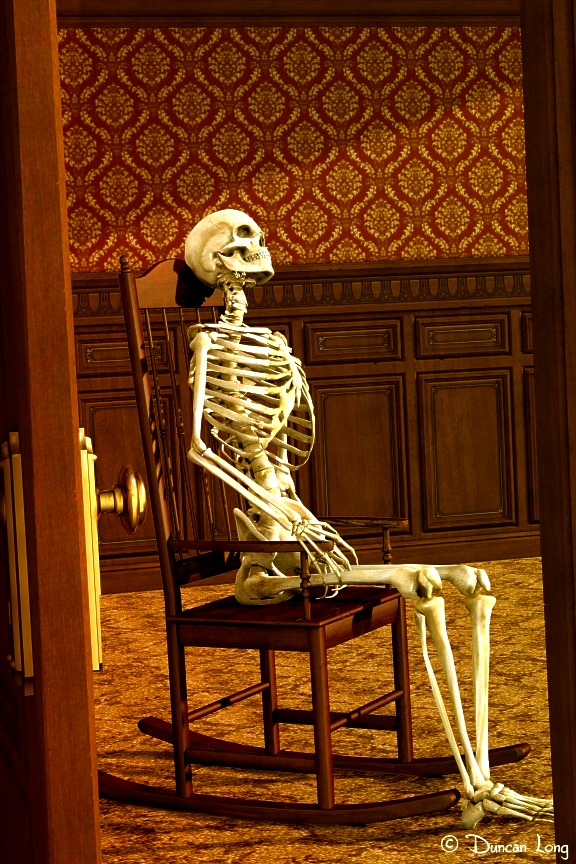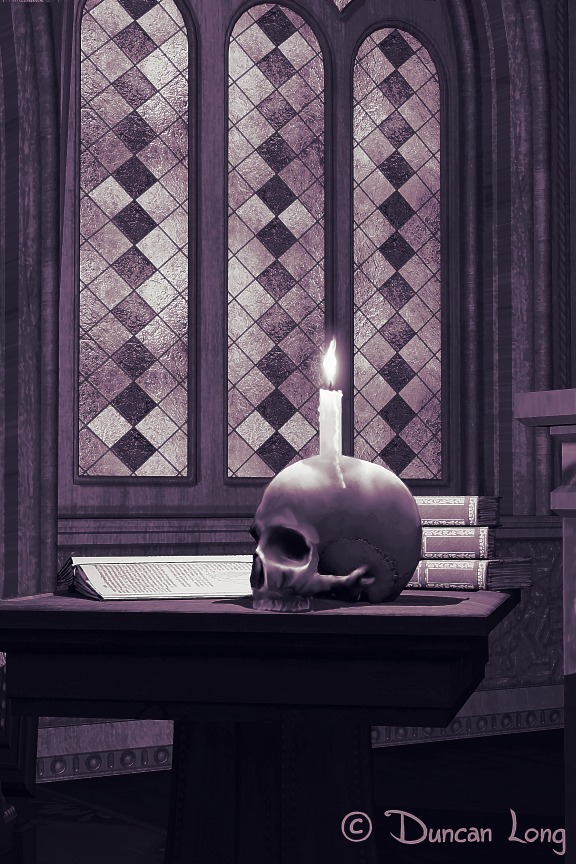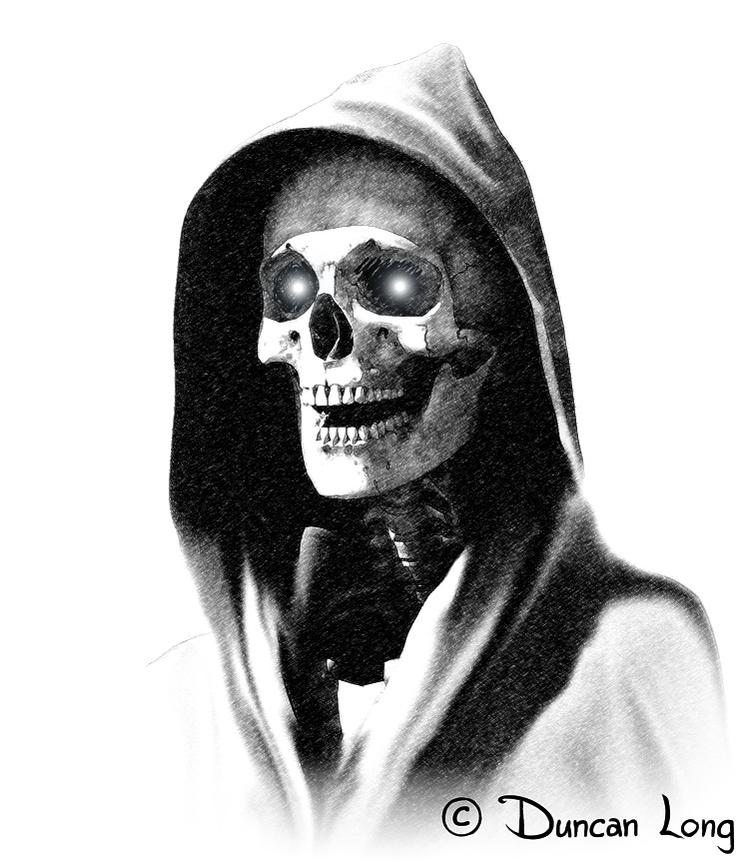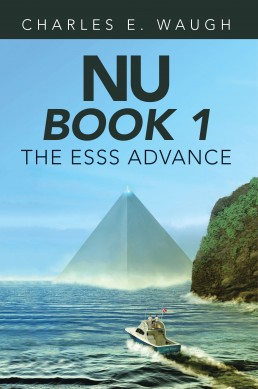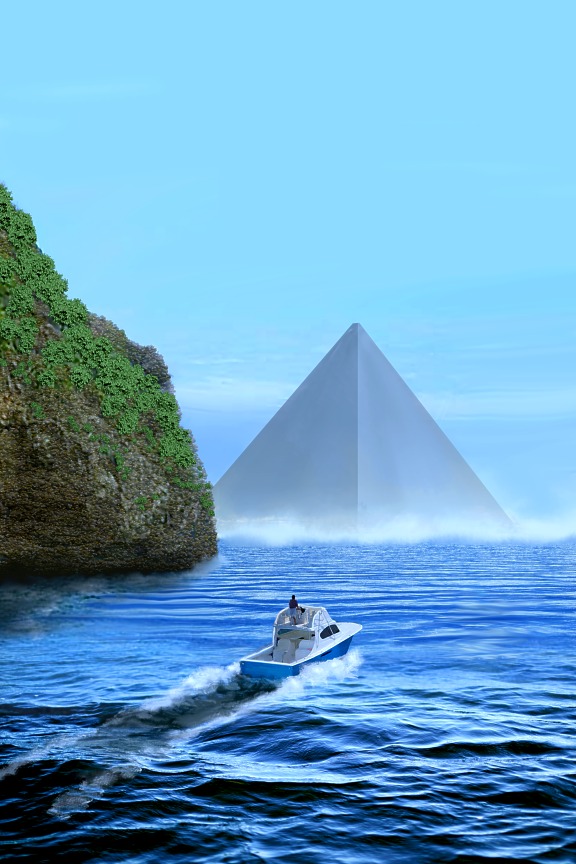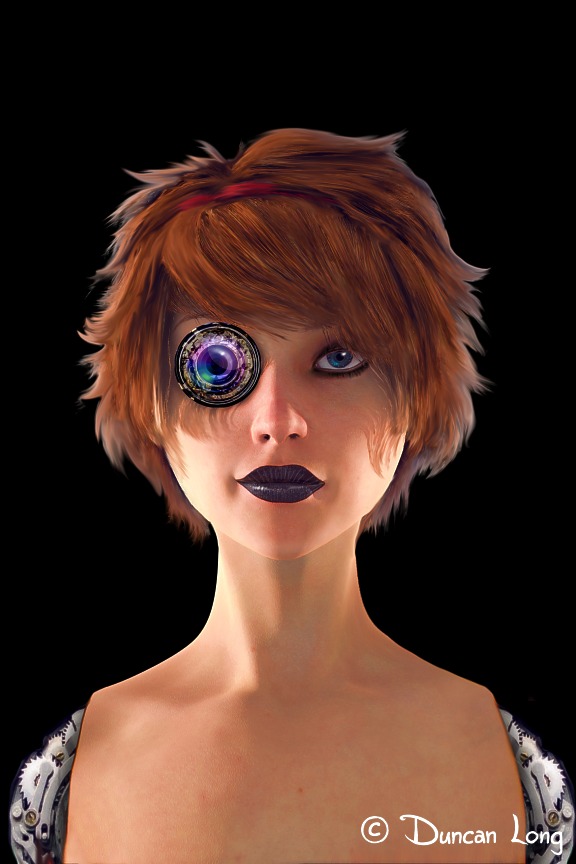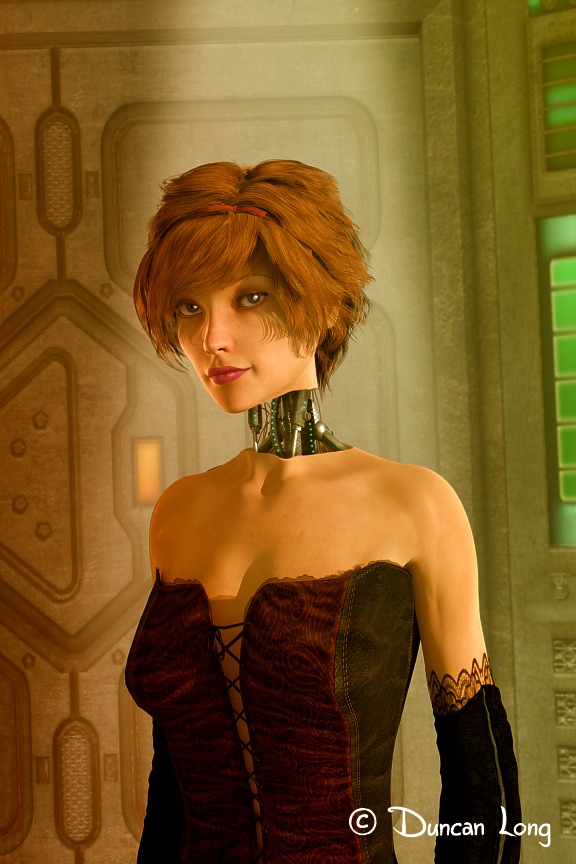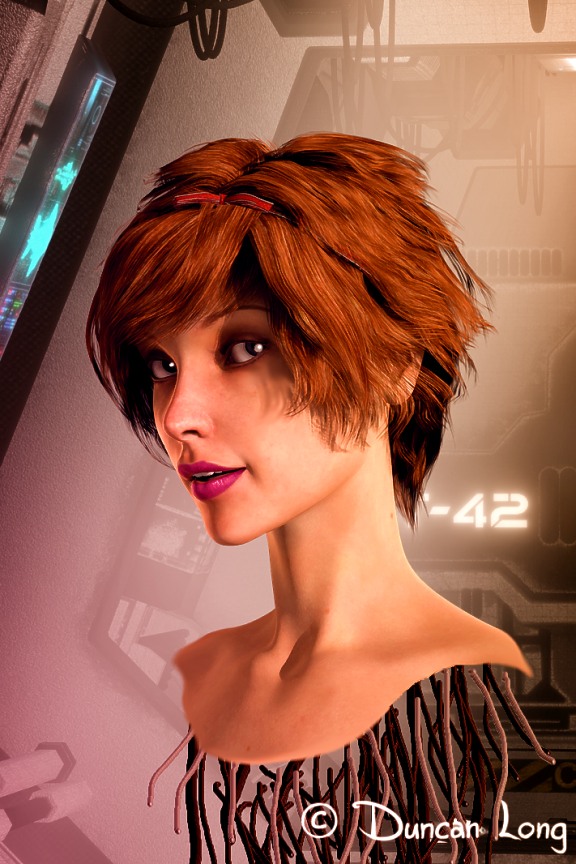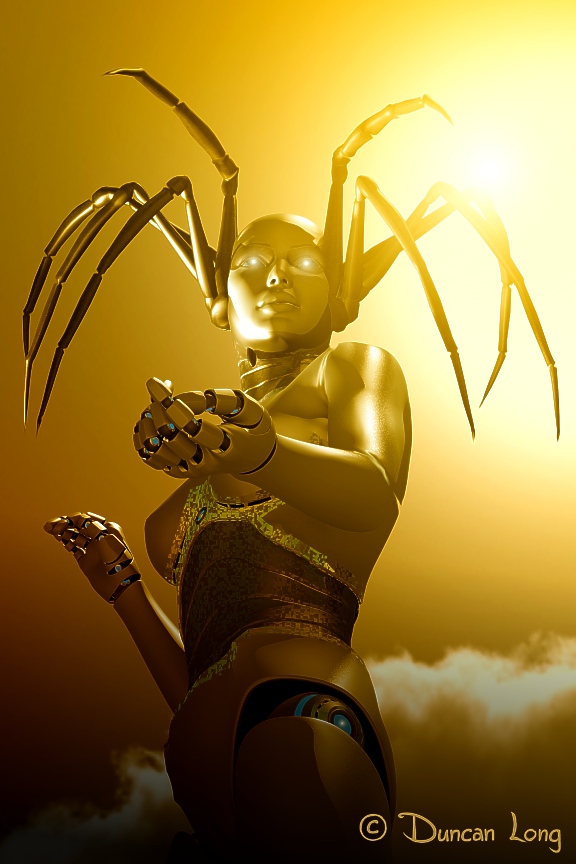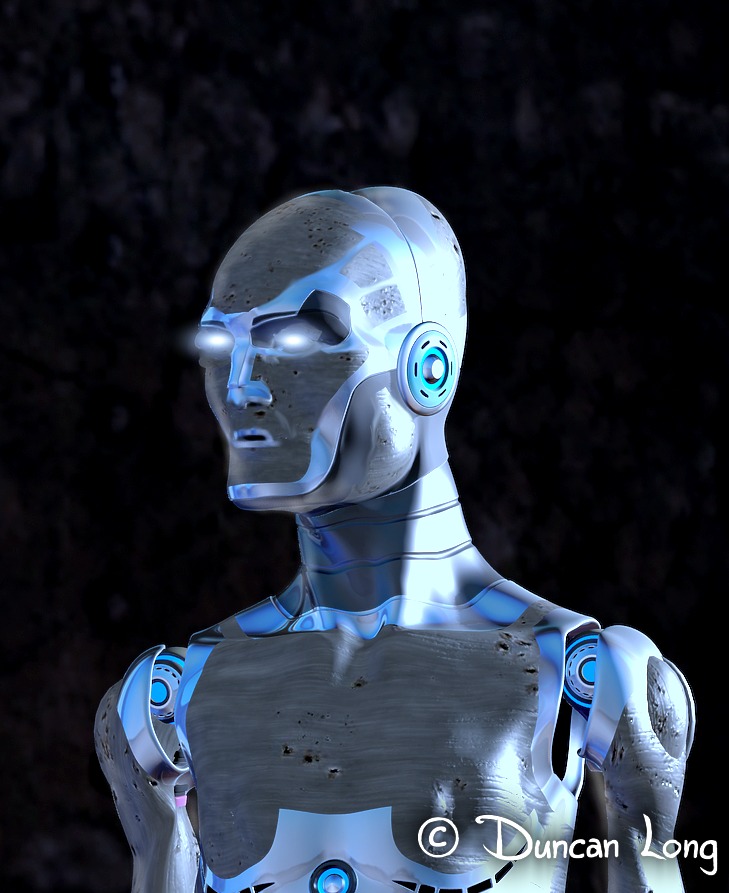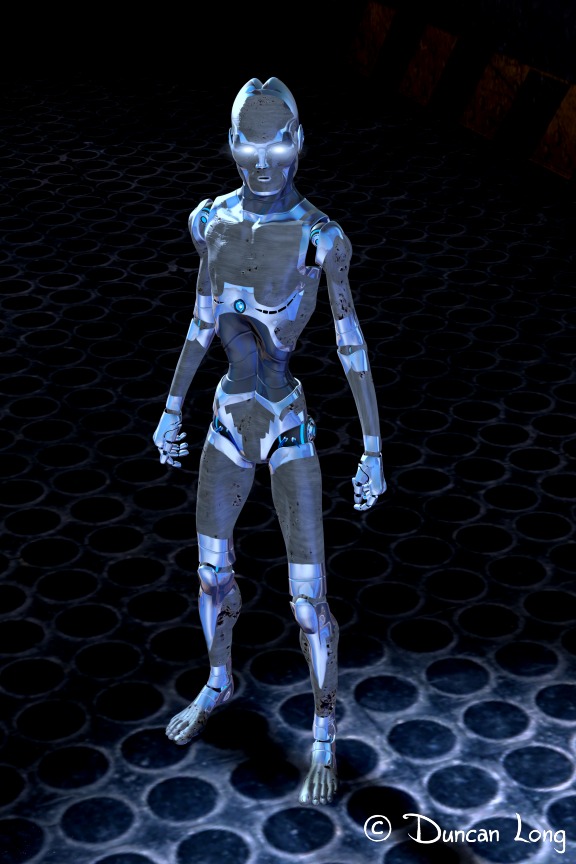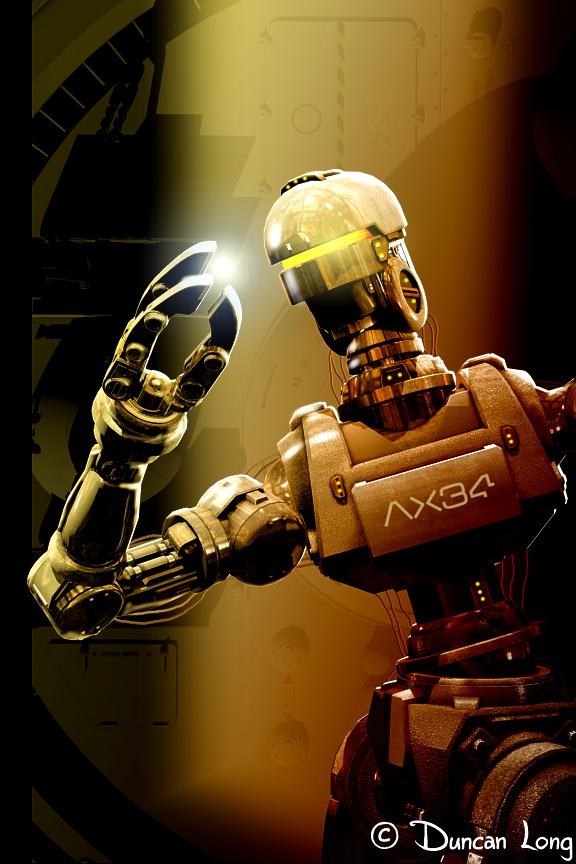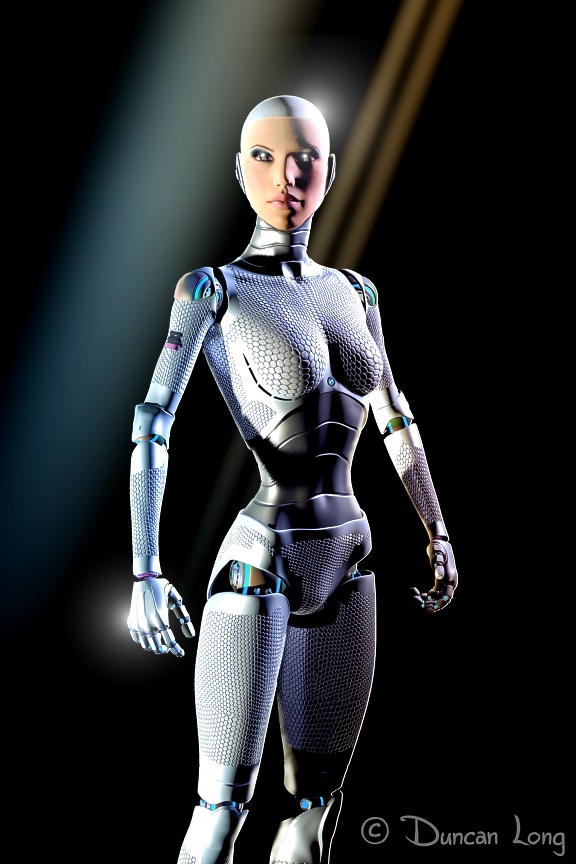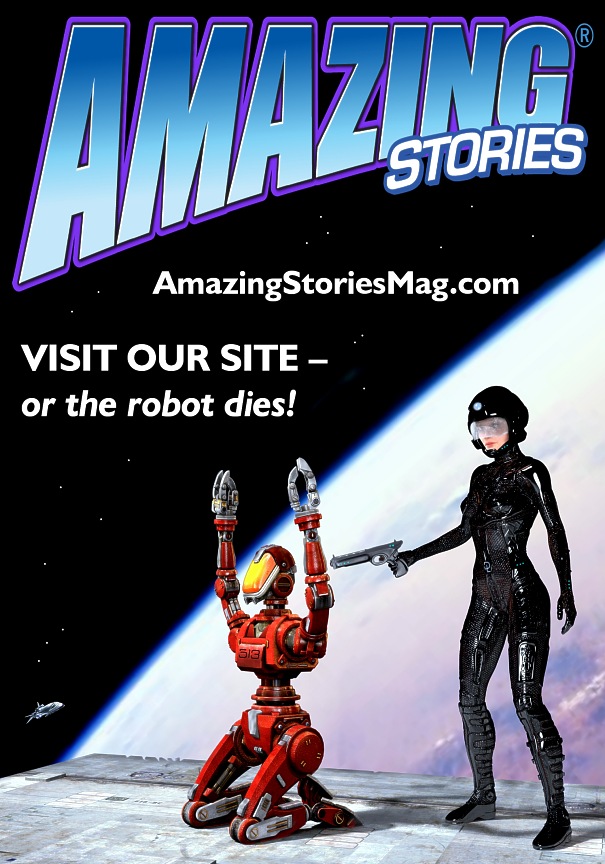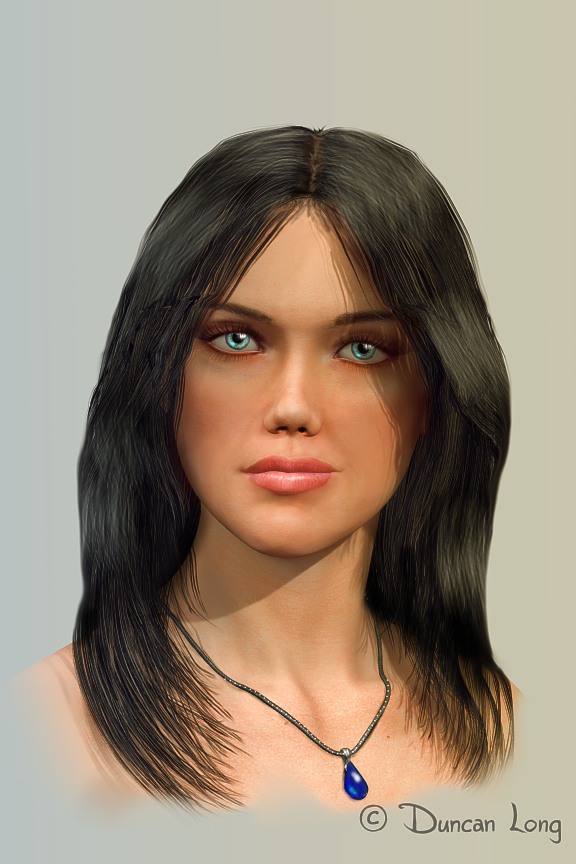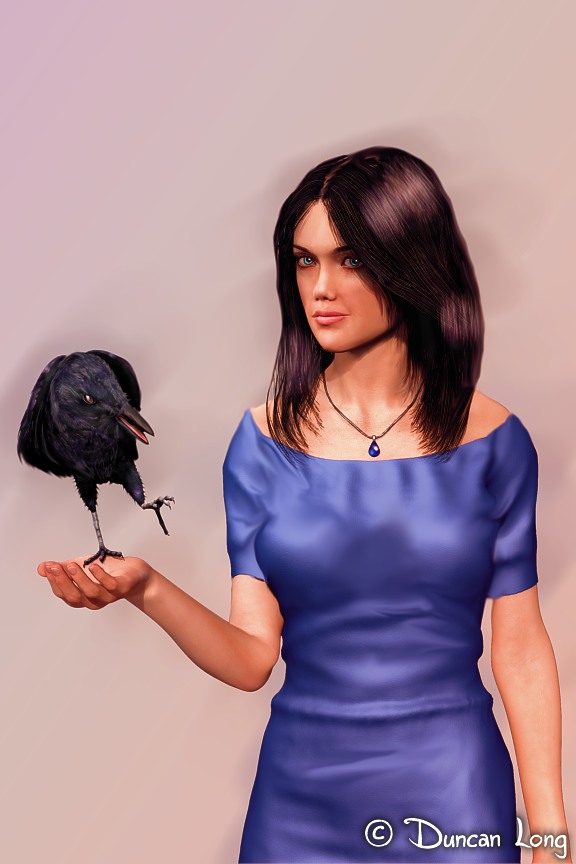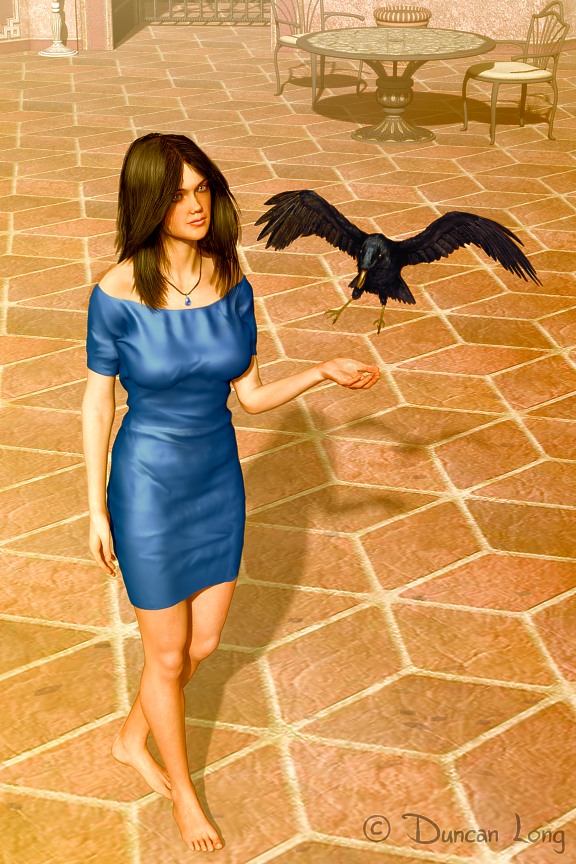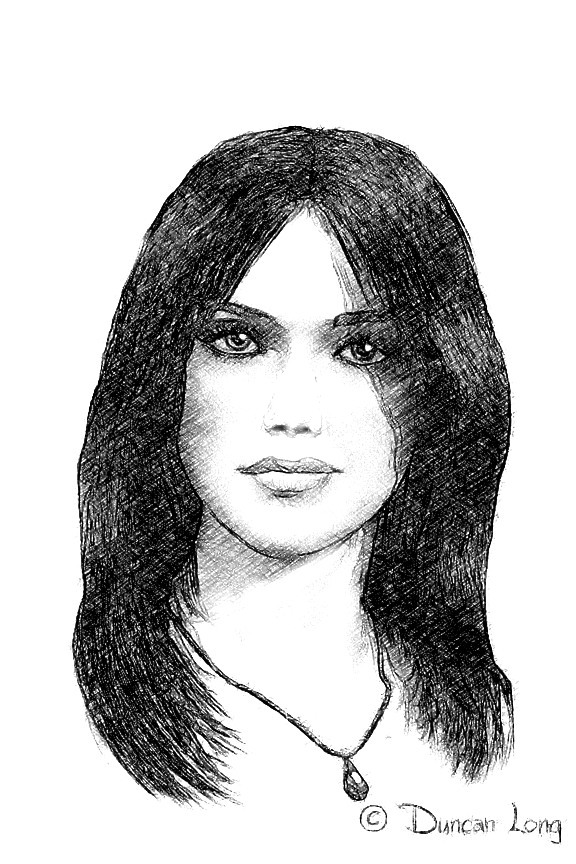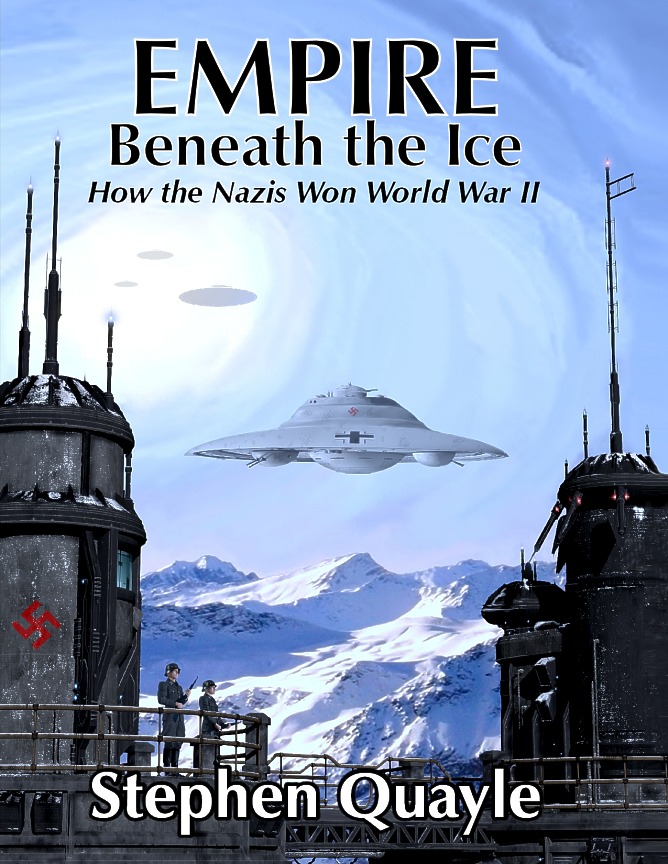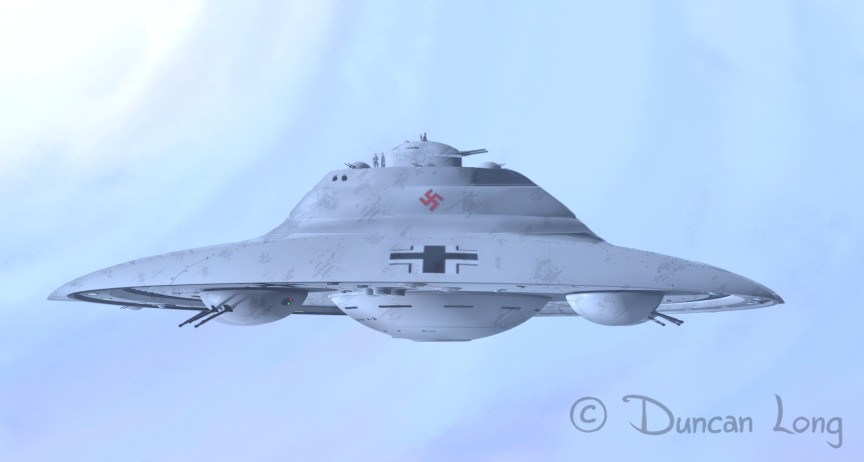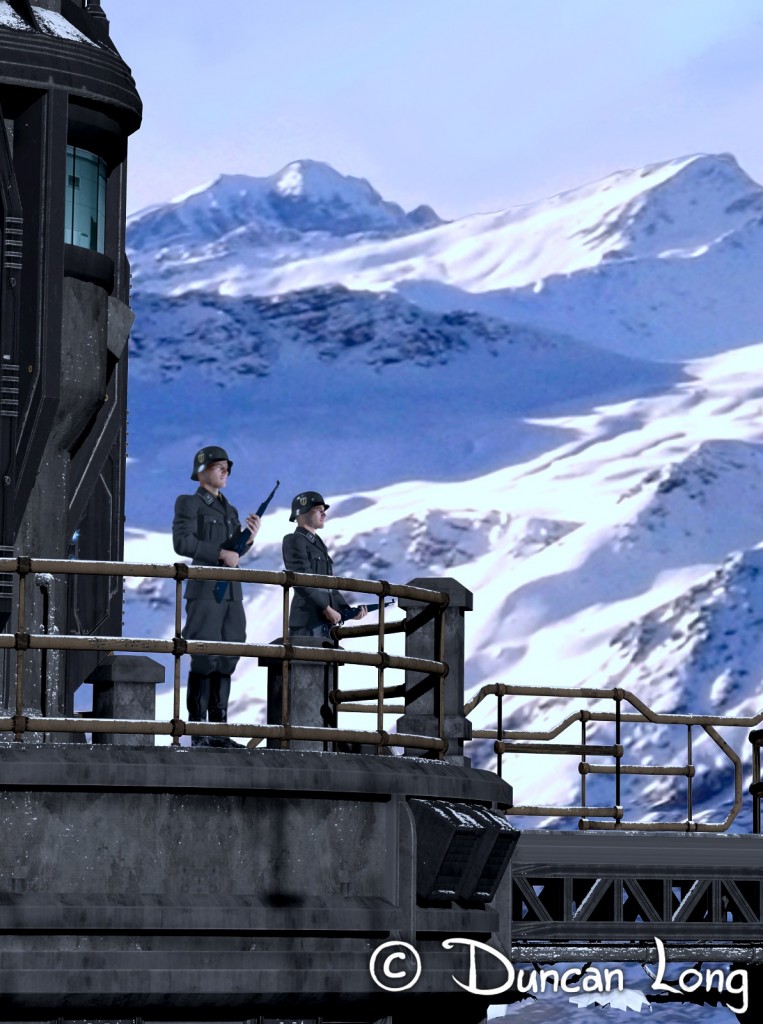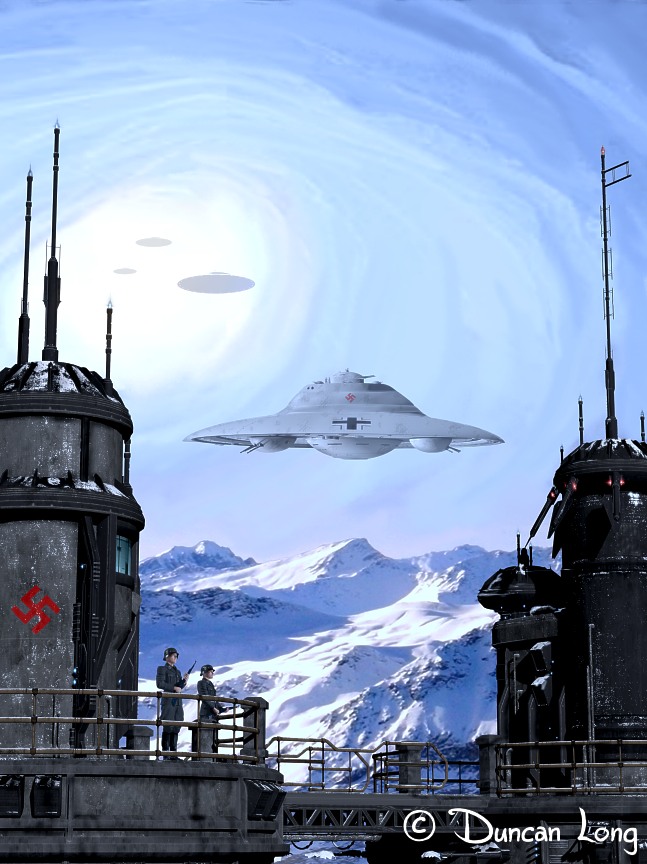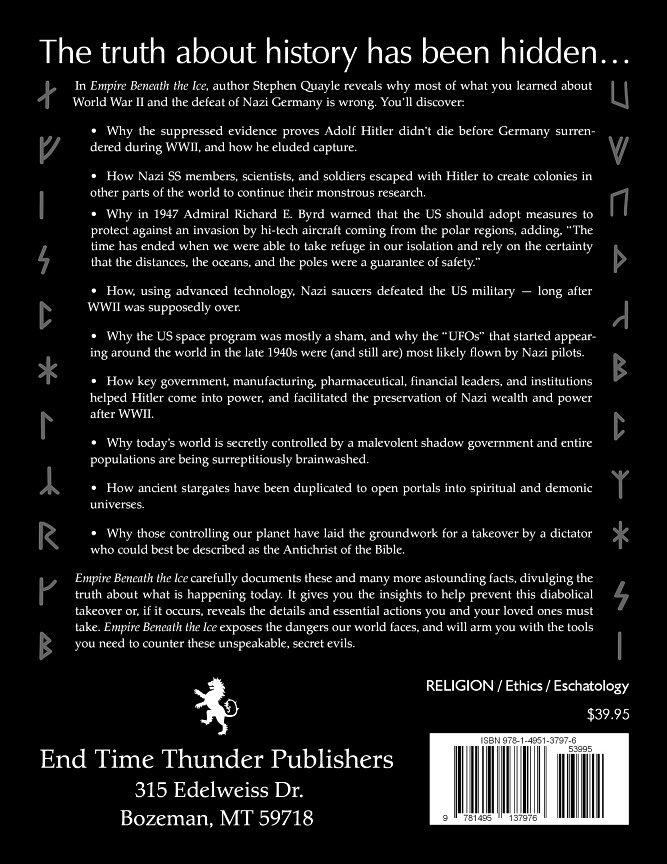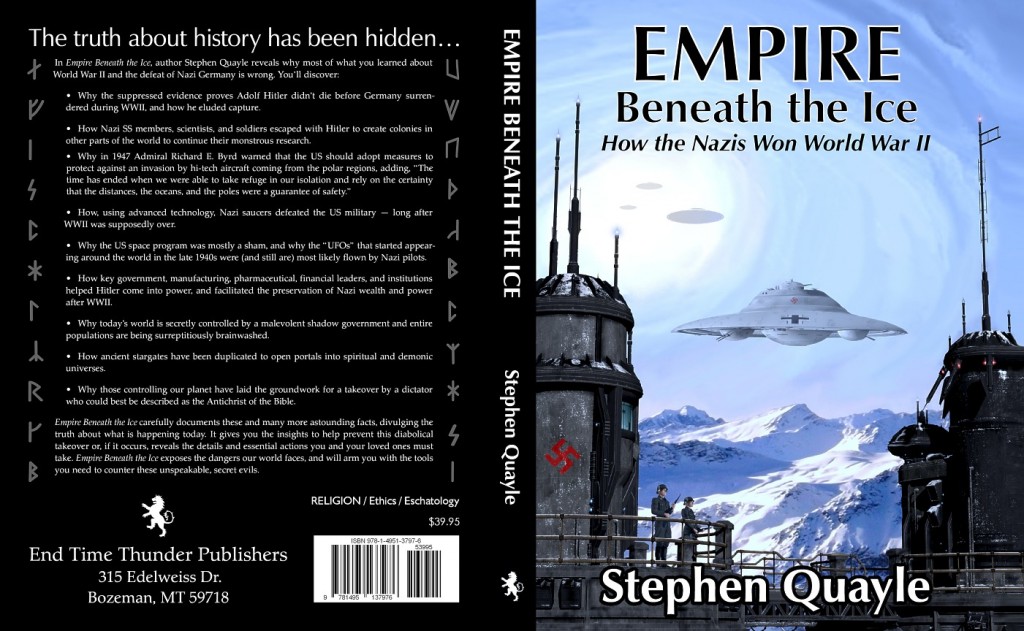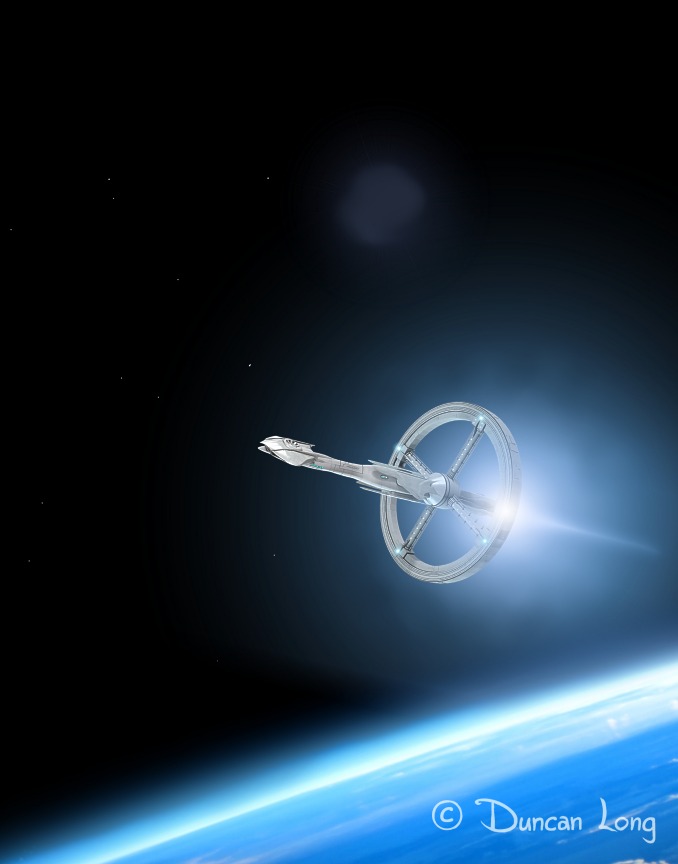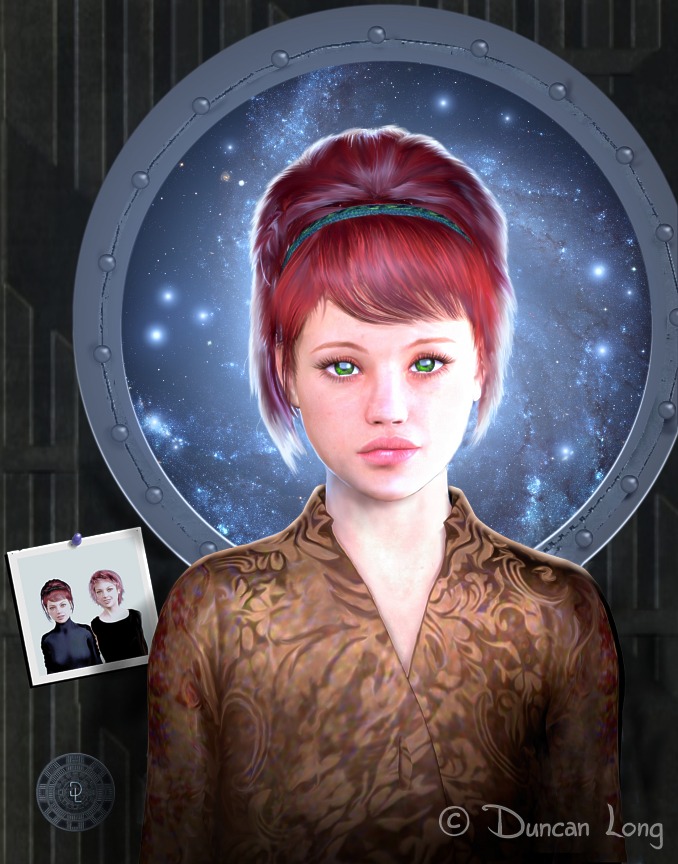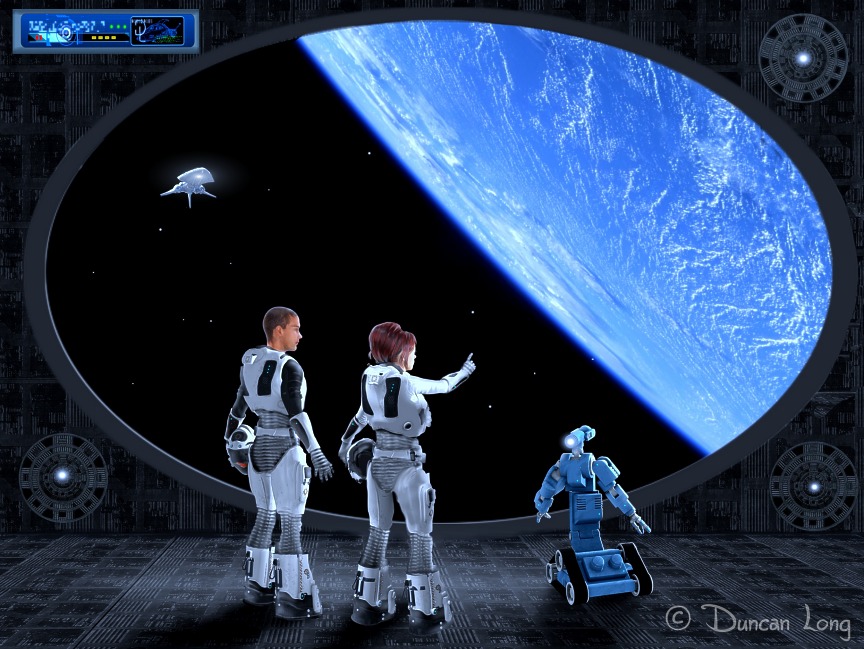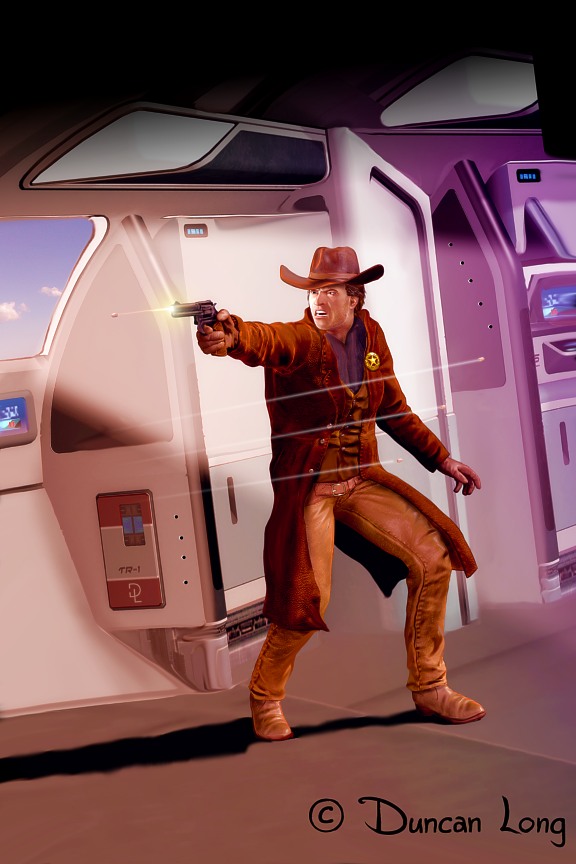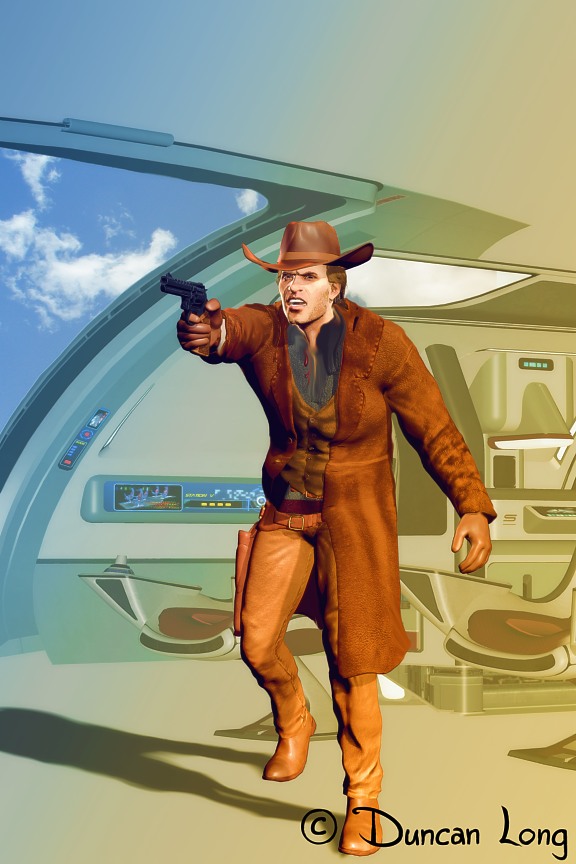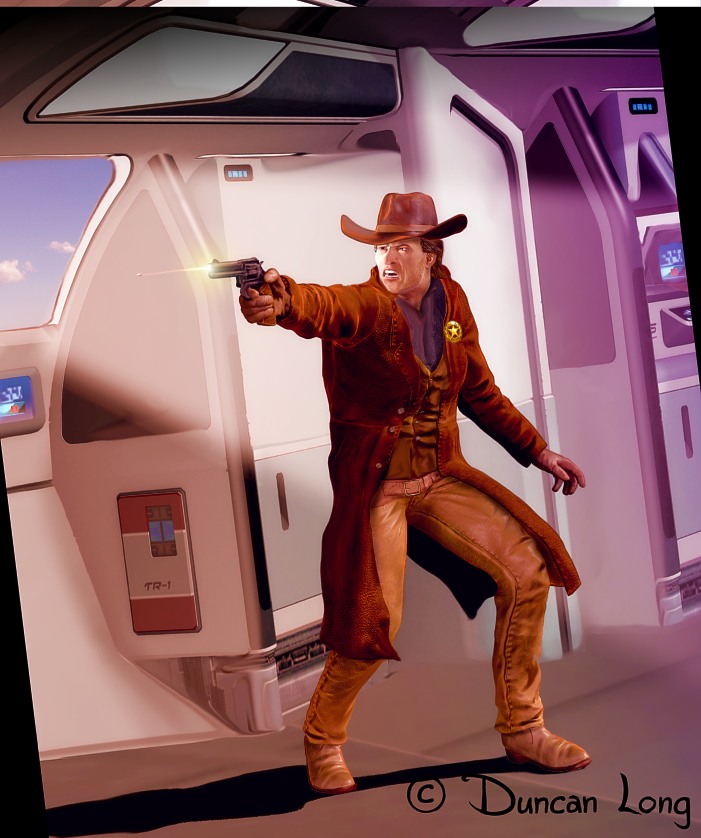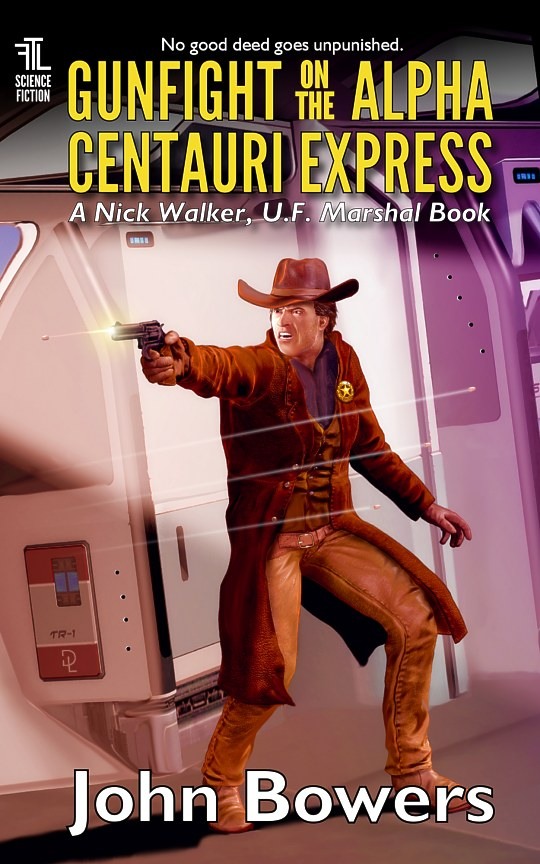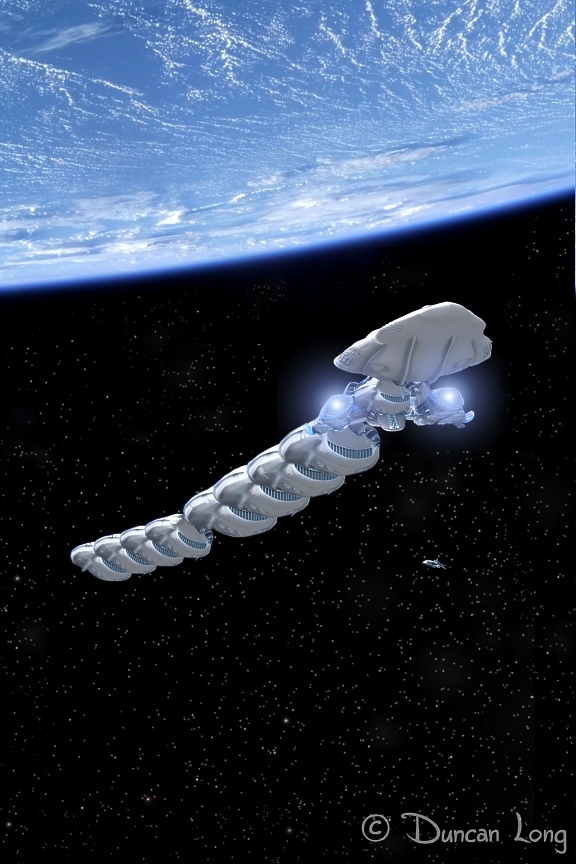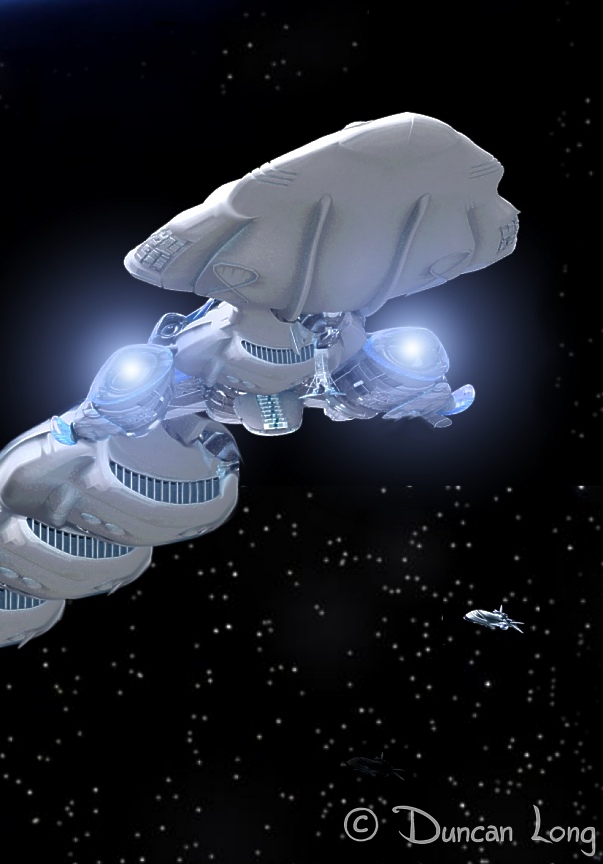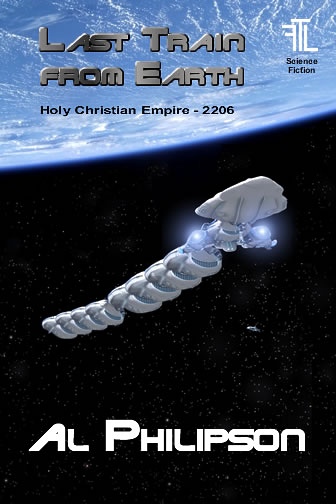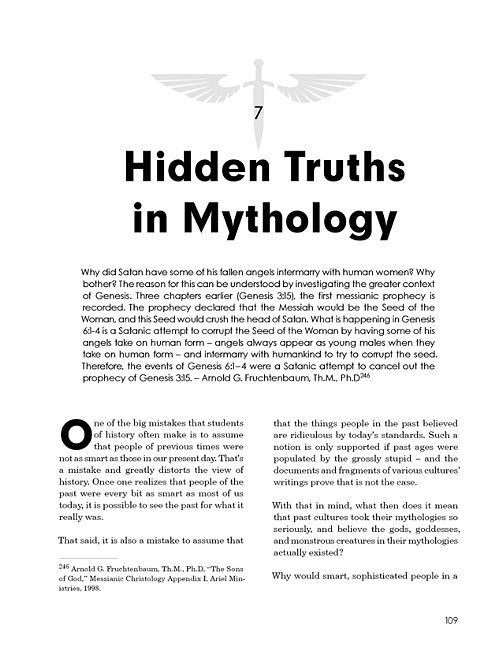
After decades of creating book layouts, and even more years as a reader, I’ve come to realize that some typefaces are much better than others for book text.
If you’re doing the work yourself, the best choice is a tried and true older typeface. These fonts generally are “invisible” to the reader right from the start, so nothing stands between the story and the reader. Fancy fonts might be good for headings and such (and please note the “might”), but for text, you’ll always do well to go with a plain Jane font that doesn’t call too much attention to itself.
Complications can intrude when you decide to create both a print and an ebook version of a book layout. While the font you choose for your print layout will transfer to the ebook format, it may not actually appear in the text because Kindle (and possibly other eReader hardware) generally employs a built-in font substitute, so while if you’re reviewing your layout on a PC or phone with “Kindle” software your print font may show, in an actual B&W version of the Kindle, your typeface will be missing. Instead, you’ll see the on-board font that shows in the text (and sometimes this can be the proverbial “ugly surprise” for a designer).
Hopefully as Kindles get bigger memories so they can handle embedded fonts, this situation will change. But for now, that’s where it stands.
Now let’s name names.
For print, Geramond (with the Adobe flavor being the best), Caslon, Bembo, Baskerville, Palatino, and even the much-maligned New Times Roman are all good choices. If you want a little “old time flavor” Janson (ideally with some extra leading in the layout) and (oddly enough since it is relatively new) Berkeley are possible choices. Other fine type families to consider are Cheltenham, Stempel Garamond (aka Original Garamond), Electra (aka Transitional 521), and New Century Schoolbook.
If you’re going to use lower-case numbers and small caps (which look really good in print layouts), then you need a “Pro” version of the font with a layout program that will handle these options. A good and very inexpensive layout program (which I use — Scottish blood you know) is Serif’s PagePlus. PagePlus can produce a PDF most presses can work with, and if you do the layout right, it will also port the results to both a print PDF as well as Kindle and ePub versions of the text (with the need for just a little additional tweaking sometimes). Note that special characters may translate as weird characters in ebook formats — so do a little testing beforehand to see what can of worms you might be opening.
InDesign is the industrial standard for layout, and it’s best to go with this if you’ll be exchanging files with presses or the like, or perhaps wishing to work for a large press in the future.
In theory, some typefaces are easier to read on screens than are those designed for print. In my experience, using these screen fonts isn’t worth the extra effort especially given the Kindle font substitution mentioned above as well as the limited special characters some of these types boast. But if you don’t mind different layouts for the ebook and print versions and can work within their limitations, in theory Georgia and Cambria are good for serif faces on screens, and Verdana and Tahoma for sans serif (these will often be bundled in Windows OS installs).
(For best results with ebook formats, don’t do any manual kerning if you can avoid it because this can turn into a disaster when the text is converted for the ebook format.)
Finally, the old theory that serif fonts are easier to read is no longer true (if it ever was). Modern readers are exposed to sans fonts so often that they have no trouble reading them. So, if your science fiction or spy novel is just screaming out for a sans typeface, select a common one like Frutiger and don’t worry about any loss of readability.
======================
Duncan Long is a freelance illustrator and sometimes graphic designer who has done work for HarperCollins, Pocket Books, Asimov’s Science Fiction, and many other presses and self-publishing authors. You can see his illustration portfolio for samples of his book artwork.


